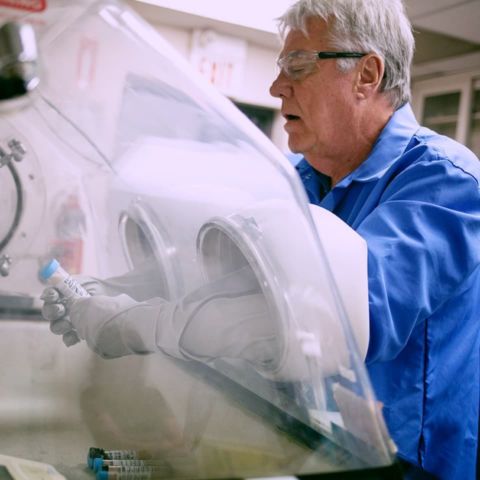Petrochemicals
Petrochemical plants use various olefin and other hydrocarbon feed streams to produce a variety of products, many of which are polymer based. The lower olefins, ethylene, and propylene, are by far the most widely used feedstocks in the petrochemicals industry. Ethylene is the primary feedstock used to fulfill most of the worldwide demand for polyethylene, ethylene oxide, ethylene dichloride and styrene. Propylene is the primary feedstock used for the production of polypropylene, propylene oxide, acrylonitrile, cumene and acrylic acid. Over 50% of the ethylene and propylene produced worldwide are used for the production of polymers.
Impurities in produced ethylene, propylene and other streams can include water, oxygenates and sulfur compounds that can negatively affect plant performance, damage equipment and poison the catalysts used in downstream reaction processes. Zeochem’s molecular sieves with 3A type zeolites are used primarily to remove water in these applications while 13X type zeolites and other specialty adsorbents are used to remove oxygenate and sulfur impurities to low levels, ensuring the reliable, efficient, predictable performance of the plant.
Applications requiring molecular sieves include ethylene plants producing cracked gas from various hydrocarbon feedstocks. Additional applications include drying of ethylene and propylene feed streams in polymer plants, drying of ethylene and propylene stored in underground caverns, and various small specialty applications requiring very clean olefinic feed streams.
